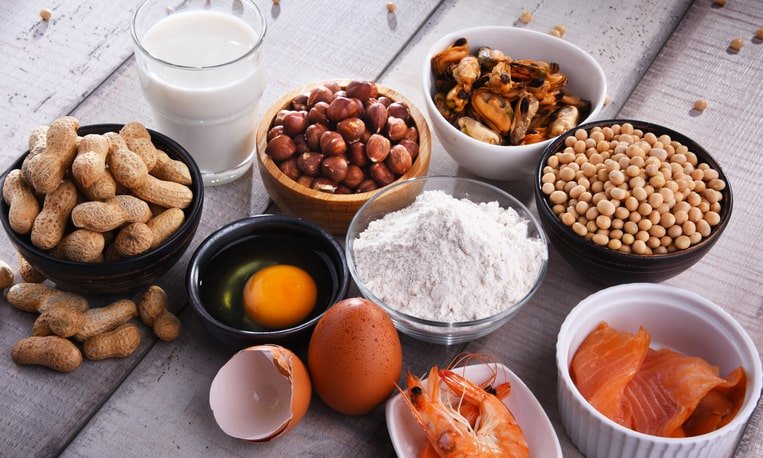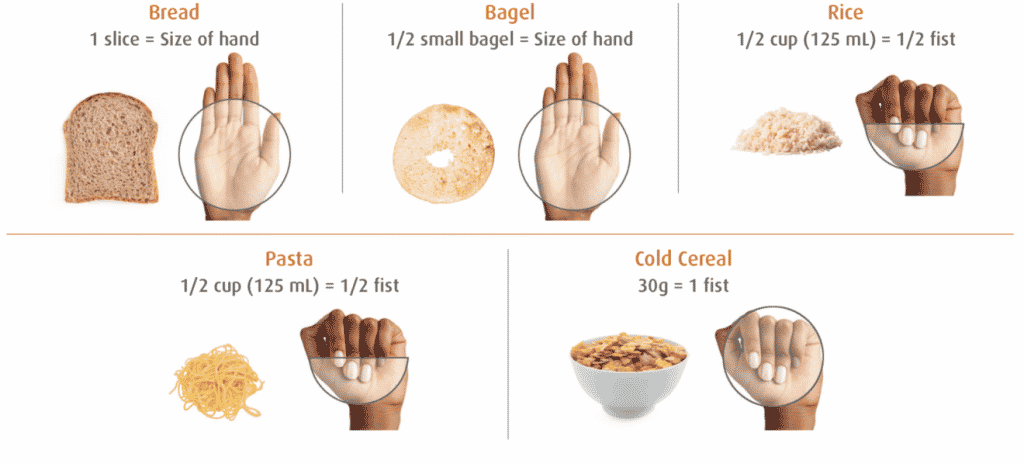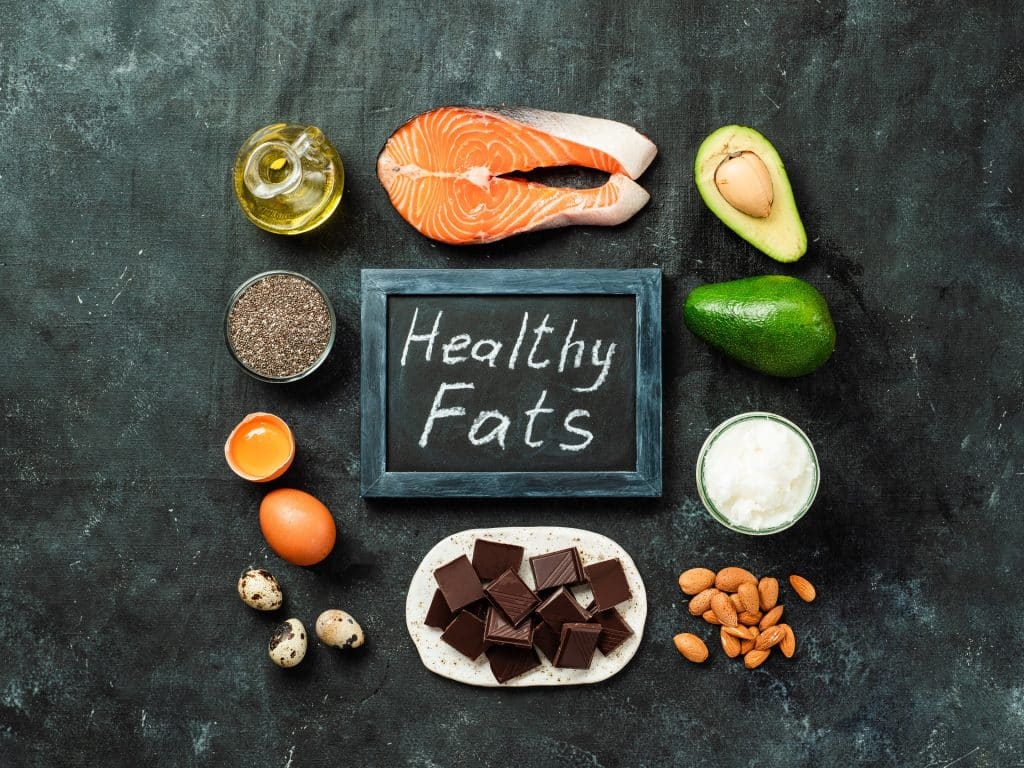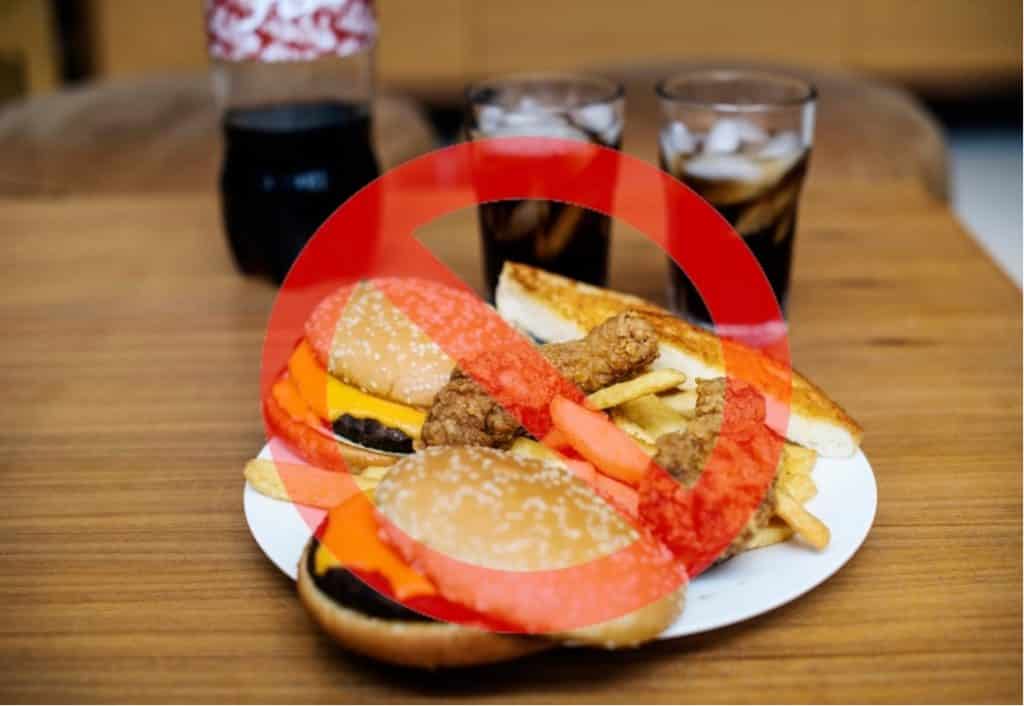Food Intolerances

Do food intolerances developed over time?
Yes, the food intolerance can be developed over time and this is because we became unable to digest some foods. The inability to digest foods is related to a reduced enzymatic activity or a sensitivity to a different food or chemicals. For celiac disease, which is an autoimmune condition, the genetic predisposition plays an important role, where consumption of gluten may trigger activation of autoimmune system and production of antibodies which subsequently cause inflammatory changes of the intestinal lining.
Common triggers for food intolerances are milk, gluten, artificial food colourings, preservatives, emulsifiers, artificial sweeteners and flavour enhancers, sulphites, salicylate, monosodium glutamate (MSG), caffeine, fructose, histamine (found in Quorn, mushrooms, pickled and cured foods, and alcoholic drinks).
Do food intolerances cause impact on gut?
Food intolerances may have a negative impact on gastrointestinal health. The prolonged ingestion of a non-tolerated food may cause alteration of the gut flora and inflammation of the lining of the small intestine. This condition can keep you from absorbing the nutrients, leading to nutritional deficiencies.
What are the symptoms of food intolerance?
The common symptoms are intestinal discomfort, bloating, gas, diarrhoea, migraine, and headache. When we talk about food intolerances, the amount of food ingested can determine the severity of the symptoms, which may appear few hours after the consumption and last for several hours or days.
What are the differences between food intolerances and allergies?
The mechanism involved in the intolerance and allergy reaction is different. In the allergy reaction there is an involvement of the immune system which recognises a food as allergen creating a possible danger. Consequently, the immune system produces chemicals which could cause different symptoms: breathing problems, throat tightness, hoarseness, coughing, vomiting, abdominal pain, hives, swelling, drop in blood pressure and even life-threatening reaction like anaphylactic shock. Food intolerances like lactose and gluten intolerance do not involve this type of immune system responses.
Is Singaporean cuisine safe for people with common allergies such as nuts, soy, shellfish, lactose, gluten, and eggs?
Singaporean cuisine may be difficult for people with food allergies. Due to the mix of different cultures, many common allergens are found in number of dishes and delicacies in Singapore. Additionally, due to lack of awareness, high-risk situations, where cross-contamination can be present are frequent, especially at barbeques, buffets, self-service salad bars, deli counters and food courts. However, there are still variety and options that could be used and here are some advices you might find helpful.
What local dishes should people with common allergies avoid? Are there any alternatives?
Nuts and seeds
You can find them in many preparations, for example in sauces: spicy mix of different Malay dish, in the chilli paste of Chinese noodle or in satay sauce. They can be used as a filling for preparations like sesame or beans filling in tang yuan. They are added as a topping like rojak, or as ingredient like in mee chiang kueh pancakes, kueh tutu steamed cake or nasi lemak. Peanut oil and roasted sesame oil are commonly used to fry food or added to congee and chicken rice for flavour. Lastly seeds are part of some Chinese, Japanese, and Malay desserts.
Dish to be avoided if someone have nuts allergy: Chinese rojak, lotus soup, gado gado, nasi lemak, setay sauce, muah chee, fa sang wu.
Safe alternatives: beef noodles, mee soto, pork soup, roti prata, murtarabak, coconut base desserts.
Soy
Soy is a staple food in Asia and the most commonly used ingredient is the soy sauce present in chicken rice, fried vermicelli or bee hoon, fried flat rice noodles, some types of chilli dip and as ingredients in savory cakes. Fried tofu, bean curd skin, fermented beans like natto or tempeh are added to different preparations or used as ingredients for a soup stock. Soyabean oil is used for fried dishes.
Dish to be avoided in people with soy allergy: char kuay teow, dark carrot cake, mee siam, kecap manis, sayur lodeh, yong tau hu stock, ngoh hiang, vegetarian bee hoon.
Safe alternatives: Indian or western foods.
Fish and shellfish
Some sauce may contain them like shrimp paste sauce, sambal chilli sauce and fish sauce. Different foods are made with these sauces like carrots cake or spice mixtures in Malay dishes, cincalok (fermented shrimp paste and rice mixture).
Ikan bilis or fried anchovies and shrimp roe can be sprinkled on top of soups or preparations and used to prepare the stock (yong tau hu soup stock is made with anchovies and Hong Kong-style wanton noodles may include shrimp roe).
Dish to be avoided in people with fish allergy: carrot cake, cincalok, Hong Kong-style wanton noodles, Hokkien prawn mee, yong tau hu soup, fish ball noodle soup/dry, laksa, mee goreng, nasi lemak.
Safe alternatives: Cantonese roast meats on rice, chicken rice, popiah (without prawns), chwee kway.
Milk and lactose
Ghee, yogurt, paneer, and milk are quite common in Indian preparations and milk is also added to some fish soup sometimes.
Dish to be avoid in people with milk allergy: Indian murtarabak, roti prata, Biryani rice, chicken masala, chicken butter, chicken tandoori, chicken and fish tikka.
Safe alternatives: Asian dishes are relatively safe unless cross contamination. Sauces may contain milk and dairy, please ask sauces as a side.
Gluten
Wheat is another staple food that can be found anywhere. It is the main ingredient for wheat noodle, dumpling, pies, bread, puffs, flatbread, bun and tarts. Wheat flour can be used to coat fish or meat and it is sometimes used to thicken gravies. It can be found in foods that contain soy or fish sauce and processed meat and fish.
Dish to be avoided in people with gluten intolerance: Wheat noodles dishes, ban mian soup, fish bee hoon soup, hokkien prawn mee, vegetarian bee hoon, wontong mee, gado gado, mee goreng.
Safe alternatives: Rice, rice noodles and rice dumplings dishes, chicken rice, char siew rice pork, duck rice, fried rice, setay, nasi biryani, chicken tandoori, chicken or fish tikka.
Eggs
Some type of wheat noodles may contain eggs like wonton noodles, lo mein and chow mein noodles, mee pok noodles, dumpling skins. Bakery products like pies, bread, puffs, custard buns and tarts. Some fish soup may contain some deep-fried egg floss. Fried foods usually have eggs when battered, some type of tofu, carrot cake, crepes, and fried rice.
Dish to be avoided in people with egg allergy: fried carrots cake, fried rice and Indian murtarabak, nasi lemak, nasi goreng, mee siam, mee goreng.
Safe alternatives: chicken rice, Cantonese roast meats, satay.
Can people grow out of food allergies?
Different studies showed that a high percentage of kids, around 90%, outgrow dairy, egg, wheat, and soy allergies, but the chances that a shellfish, tree nut, or peanut allergy fade away are much lower. Food intolerances can improve when an exclusion diet is followed for a limited period. The incriminated food is then added in small amount to determine the maximum quantity that can be tolerated. This is not possible for celiac disease, where a gluten free diet must be followed for life.












